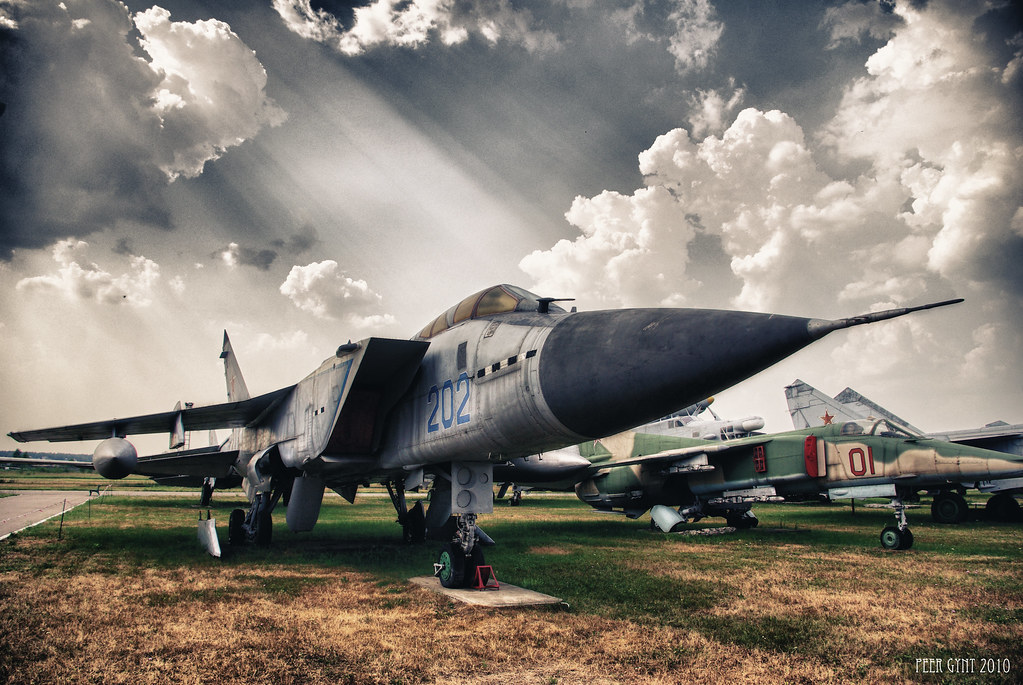
Despite skepticism and historical challenges in Russia’s aviation history, the excitement surrounding the MiG-41, also known as the PAK DP, demonstrates a relentless drive to advance military aviation.

The MiG-41, anticipated to be Russia’s forthcoming interceptor aircraft, is expected to succeed the esteemed MiG-31, introducing an array of advanced features.

Including advanced stealth capabilities, the ability to operate at near-space altitudes, and speeds exceeding Mach 4.

This sixth-generation fighter jet is expected to take to the skies for its maiden flight in 2025.

The bold claims of the MiG-41’s capabilities, including an anti-missile laser, EMP weapons, and potential unmanned versions, sound straight out of a science fiction novel.

The MiG’s Director General, Ilya Tarasenko, has confidently stated that the new jet is expected to achieve speeds surpassing Mach 4 and that it will be capable of cruising at Mach 3.

The PAK DP/MiG-41 is anticipated to utilize an upcoming iteration of the Saturn AL-51 engine, currently undergoing development for enhanced versions of the Sukhoi Su-57 fifth-generation fighter.

This is an after-burning low-bypass turbofan engine that should provide a 19% higher thrust-to-weight ratio than its predecessor.

The Russians are reportedly racing the Americans in a quest to field a sixth-generation fighter, with their eyes set on a future where aerial dominance is defined by these cutting-edge war machines.

To put it briefly, sixth-generation platforms are projected to incorporate an array of ambitious features that could pose challenges for Russian acquisition.

Currently, no sixth-generation platform exists, and only three nations (Russia, China, and the U.S.) have deployed fifth-generation platforms.

Therefore, Russia’s aim to debut the PAK DP/MiG-41 by 2025 might be overly optimistic.

After the dissolution of the Soviet Union, Mikoyan Aircraft Corporation (the manufacturer of MiG) encountered difficulties in producing its fifth-generation warplane, the MiG-1.44, intended as a competitor to America’s F-22A Raptor.

As the project propels forward, with claims that the MiG-41 will employ innovative pulse-detonation engines and introduce electromagnetic pulse (EMP) guns, the world is watching with a mix of curiosity and skepticism.

These weapons are said to be non-kinetic, targeting the electronics of enemy aircraft and rendering them useless, a capability that could revolutionize aerial warfare if it indeed comes to fruition.

